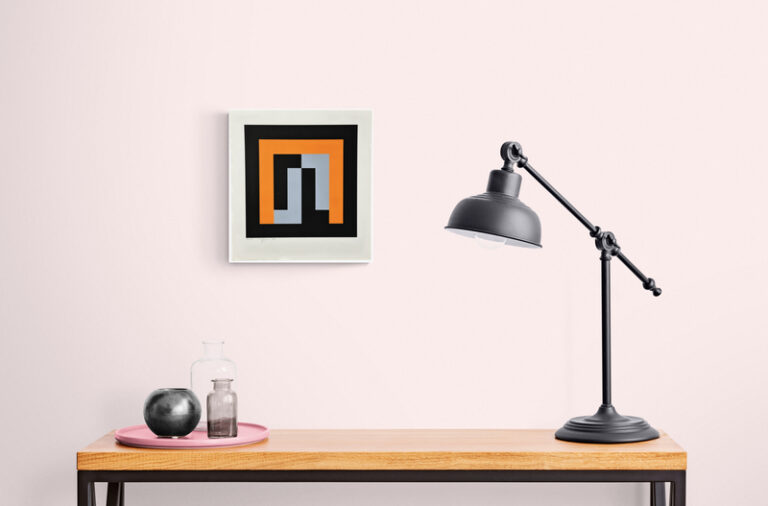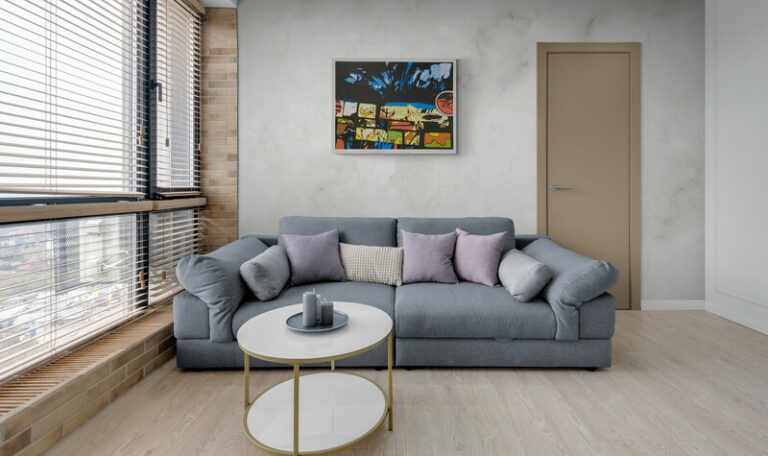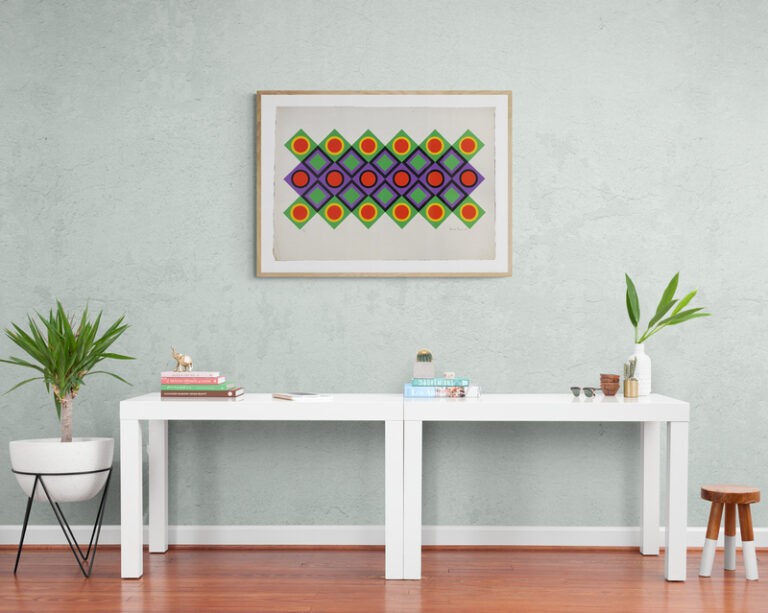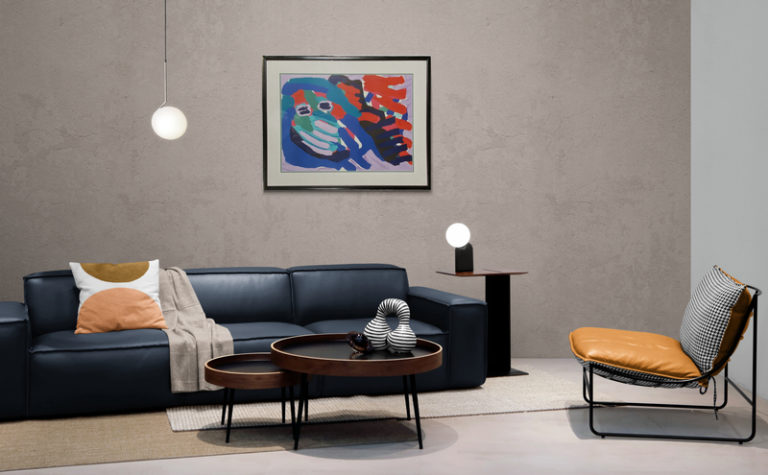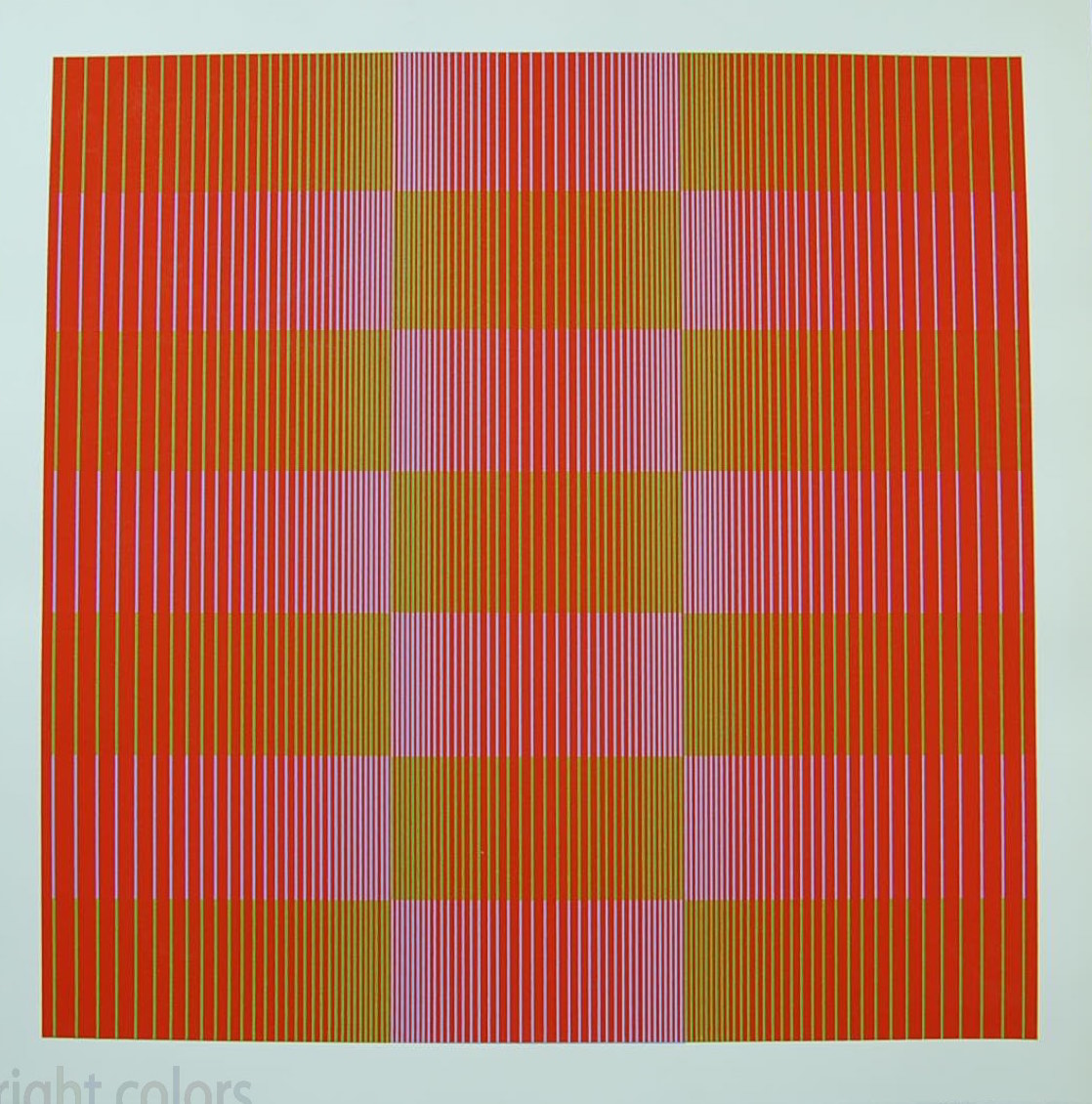Table of Contents
how to upgrade your art home collection.
Here are a few steps you can follow to add a piece of art to your home collection:
-
Determine your budget: Before you start looking for art, it is helpful to have a sense of how much you are willing to spend. This will help you narrow down your options and ensure that you don’t overspend.
-
Decide on a style or theme: Consider what style or theme you are interested in for your new piece of art. Do you want something abstract, realistic, or somewhere in between? Do you have a particular color palette or subject matter in mind? Having a clear idea of what you are looking for can help you focus your search.
-
Research your options: Look for art that fits your budget and style preferences. There are many places to find art, including galleries, art fairs, online marketplaces, and estate sales. You can also consider commissioning a piece from an artist or purchasing a print of an existing piece.
-
Consider the placement of the art: Think about where you want to hang or display your new piece of art. Consider the size of the piece in relation to the wall or space where it will be displayed, as well as the overall style and decor of the room.
-
Hang or display the art: Once you have found a piece of art that you love and have decided where to display it, it’s time to hang or display it. If you are hanging the art, make sure to use the appropriate hardware and hang it at the right height. If you are displaying the art on a shelf or table, consider using a stand or frame to help it stand out.
There are many ways to determine your taste in art, and it can be a fun and rewarding process to explore and discover what you like.
One way to start is to look at different types of art and see which styles and subjects appeal to you. You can do this by visiting art galleries and museums, browsing online art platforms, or looking at art books and magazines. As you look at different art, make note of what you like and dislike about each piece. This can help you identify patterns and preferences that can give you an idea of your taste in art.
Another way to determine your taste in art is to consider your personal style and interests. For example, if you are drawn to modern, minimalist design, you may be drawn to abstract or minimalistic art. On the other hand, if you have an interest in nature or history, you may be drawn to art that depicts these subjects.
Some styles that might be particularly well-suited for a contemporary home include:
There are many different styles of lithograph fine art prints that can work well in a contemporary home, depending on your personal taste and the overall aesthetic of your space. Some styles that might be particularly well-suited for a contemporary home include:
-
Abstract art: Abstract art often features geometric shapes, lines, and color blocks and can be a great way to add visual interest to a room.
-
Minimalist art: Minimalist art is characterized by simple, clean lines and a lack of unnecessary details. It can be a great way to add a sense of calm and simplicity to a space.
-
Pop art: Pop art often incorporates bold, vibrant colors and recognizable images from popular culture. It can be a fun and playful way to add personality to a room.
-
Photography: Fine art prints of photographs can be a great way to add depth and interest to a room. Black and white photography can be particularly effective in a contemporary setting.
Ultimately, the best style of lithograph fine art print for your home will depend on your personal preferences and the overall design of your space. It may be helpful to consider the colors, textures, and themes that are already present in your home and choose prints that complement or enhance them.
What sorts of home decor styles are most popular with people who are likely to collect $300 lithographs
It is difficult to make generalizations about the home decor styles that are most popular with people who collect lithographs, as people’s taste in art and decor can vary widely. That being said, there are a few general trends that may be relevant:
-
Contemporary: People who are interested in contemporary art and design may be more likely to collect lithographs and may have a contemporary or modern aesthetic in their home decor.
-
Minimalist: Some people who collect lithographs may prefer a minimalist aesthetic in their home decor, with a focus on clean lines and a lack of unnecessary clutter.
-
Eclectic: Others may have a more eclectic style, mixing and matching pieces from a variety of different periods and styles.
-
Traditional: Some people who collect lithographs may have a more traditional or classical aesthetic in their home decor, with a focus on timeless pieces and classic design elements.
Ultimately, the home decor style that is most popular with people who collect lithographs will depend on the individual tastes and preferences of the collector. It is important to choose decor and artwork that reflects your personal style and makes you feel comfortable and at home.
how to hang a framed piece of art
Here are a few steps you can follow to hang a framed piece of art:
-
Gather your supplies: You will need a hammer, nails, a level, and a tape measure. If the art is particularly heavy or if you are hanging it in a location with a lot of foot traffic, you may want to use picture hanging wire and D-ring hangers instead of nails.
-
Determine the placement of the art: Hold the art up on the wall to get a sense of where you want to hang it. Consider the height of the art in relation to other elements in the room, such as furniture or other wall decor. You may want to use a tape measure to help ensure that the art is hung at the desired height.
-
Mark the placement of the nails: Once you have determined where you want to hang the art, use a pencil to mark the placement of the nails on the wall. If you are using picture hanging wire and D-ring hangers, mark the placement of the hangers instead.
-
Hang the art: Hold the art up to the wall and hammer the nails or attach the D-ring hangers to the wall. Make sure to use enough nails or hangers to support the weight of the art. If you are using a level, make sure to check that the art is straight before you fully hammer in the nails or attach the hangers.
-
Stand back and admire your work: Once the art is hung, step back and take a look at it from a distance to make sure it looks balanced and pleasing to the eye. Make any necessary adjustments to the placement of the art before you consider the job complete.
Hanging a framed piece of art can be a simple process if you have the right tools and follow the steps carefully. With a little bit of planning and attention to detail, you can hang your art securely and beautifully.
Example of Styles Slider - TBD in process
